The guitar sounds of 90s-era Nine Inch Nails and how to get them
Get the tones from Broken, TDS and The Fragile
90s-era Nine Inch Nails is the band’s defining period. It’s when the Trent Reznor-masterminded industrial rock entity broke into the mainstream on the strength of its songs – raw and vulnerable, yet immaculately produced. Likewise, frenetic live performances like the infamous mud-drenched Woodstock 94 spectacle are the stuff of legend. During the 90s, NIN leaned most on characteristic studio equipment of the time, the kind you could order from dealers without needless gymnastics.
I’m saying this because the NIN shop of today is mostly home to boutique modular gear and obscure hand-built instruments to which only Big League film and sound design gurus are privileged to. This is how you stay on top when sound libraries are dime-a-dozen and any ol’ fool with a laptop can sound like Hans Zimmer. Or think they can.
Nine Inch Nails: The 1990s Guitar Sound
In this article, I’ll go over some choice equipment and techniques that helped Trent Reznor and his compatriots make NIN guitars sound like NIN guitars in the old, darkly glorious days. However, the rabbit hole goes incredibly deep – there’s material for a whole line of exhaustive articles to explore. But digging through the available information, sourced from a combination of old Keyboard Magazine, Guitar World, SoS specials and – presently – the enthusiastic insights of NIN alumni Charlie Clouser and Sean Beavan on Gearspace, is a worthwhile pastime. While satisfying your curiosity, you’ll gain an understanding of how Reznor’s artistic pursuits gave music technology a considerable push towards what it is today.
Some may disagree, but I believe it was NIN that introduced deliberate, aesthetically purposeful sonic harshness to mainstream music. Today, creative application of distortion and saturation is all the rage in music production. And all the sounds Reznor and his henchmen spent an inordinate amount of time crafting by using equipment in unintended ways and pushing it beyond the extremes exist as plug-ins you can download and go on your merry industrial way. If it wasn’t for NIN and acts in that spirit, we probably wouldn’t have more distortion, sampling, synthesis and sound mangling options today than we know what to do with!
Zoom 9030.
While industrial compatriots Ministry spent the 90s splicing tape reels and overdriving console preamps, 1176 compressors, and Marshall amps to hell and beyond, NIN went all ‘music tech’ quite early. In fact, the astonishing wall of profusely mangled cyber-guitars that blew your mind on “Broken”, reached its climax on “The Downward Spiral”, and served as the driving force behind industrial rock aspects of “The Fragile”. It was a byproduct of Reznor’s dismissal of guitar amps and cabinets at the time.
Rather, his prime weapon of choice was the unassuming Zoom 9030 effects unit. While that little box does have an “early, crude digital distortion” edge you may struggle to coax out of modern and sophisticated amp sims, that’s not exactly the gist of it. It’s bypassing the cabinet simulator that shoots the fish in the barrel. I assure you, the effect works splendidly with almost any amp simulator or distortion pedal in existence. You don’t want those creamy Celestion GM12s singing into an SM57 – you want borderline white noise fuzz, and killing the cab sim gets there pronto!
Speaking of the “Broken” digital guitar sound, there’s another key ingredient to consider, one that’s firmly in the analog realm. Reznor recorded his guitars to tape in double the tempo, at 30ips speed. Then he played the recording back at half-speed (15ips) and ‘resampled’ it. This way, the guitars ended up in the right tempo, but also ridiculously heavy and saturated. I haven’t worked out how to emulate this technique yet, so the mammoth guitar chugs of “Suck (You’re So Physical)” may forever remain out of my reach…
For “The Downward Spiral”, Reznor switched things up a bit. The still new at the time Marshall JMP-1 rack preamp went long ways with fellow industrial rock deities Ministry and KMFDM, which is hardly surprising. The JMP-1 was, and still is a MIDI-compatible, highly connective, preset-switching means of integrating the Marshall bite and crunch into any studio and touring rig – in stereo, at that! Once Reznor got his crummy hands on one of these, he ended up plugging it into the Zoom 9030, the latter employed strictly for its effects and cabinet simulator. Yes, the same cab sim he turned off for “Broken”. The outcome of this pairing is a very Pantera-ish scooped metal guitar sound that’s prime and ready for the next step in the process – early 90s computer processing!
Before we dig into that, I want to throw you a little gift as a token of appreciation for bearing with my manic verbosity all up until this point. Here’s a bunch of impulse responses I lovingly sampled from an authentic, basement-reeking Zoom 9030 unit’s cabinet simulator. Make a Marshall sim or whatever roar, throw these in your cab loader, and make out like an OG industrial bandit!
Now, about the computer stuff. Reznor was an unabashed computer geek from early on, and software to harness for the purpose of industrial noise has been around since the late 80s. As early as 1988, a tiny application by DigiDesign that was incredibly ahead of its time and went by the name of TurboSynth was able and willing to help raise hell. Understandably, only recording facilities and well-off artists were privy to it and other relics of computer-based recording at the time. But NIN was and always has been on (and beyond) the cutting edge of music technology, no matter at what cost. So whatever TurboSynth and MIDI sequencing software could offer at the time ended up even on “Pretty Hate Machine”. But it was “Broken” where TurboSynth was in full swing.
TS is an early modular softsynth where you could connect various modules, make sounds in anything-but-real-time, wait 20 minutes to render audio, and dump it into a sampler. It could also import tiny snippets of audio, such as guitar chugs, percussion loops and whatnot. It also happened to have what is still the meanest, crunchiest waveshaping distortion module to ever reach existence. That, alongside the ability to generate wavetables from imported sounds – just like Serum, whose creator, the venerable Steve Duda, once hacked custom samples into the early ReBirth at NIN’s volition. Also, pitch-shifting, super-crude time stretching, and even some heady spectral stuff.
With enough patience and evil intent, you could go completely bonkers on any unsuspecting sound in TS. Can you guess what Reznor did? Indeed, TurboSynth was the NIN camp’s all-purpose sample mangler of choice at least until the late 90s. That alongside Kurzweil’s K2000-series synth workstations whose VAST engine is like TurboSynth in a box, sort of. TurboSynth, though, still exists as abandonware and works on old Macs running up to OS 9, or Mac emulators like SheepShaver and Basilisk.
If you want comparable results and a non-convoluted workflow, here are the key steps. Sample and chop up your guitar chugs, feed them into wavetable synths or samplers, and use iZotope Trash 2 or Minimal Audio Rift to pile up grizzly distortion. Play the guitars on a MIDI keyboard, layer pitch-shifted guitar tracks and double them with distorted synths. Automate or record wide EQ frequency sweeps pushing frequency ranges to extremes – it’s something Reznor used to do in early DAWs. That’s the 90s NIN guitar way!
I’m no expert by any means, but I do feel I have something to share about the other elements from the 90s NIN sound. The guitars, however, are perhaps the most well-documented and comprehensible ingredient in it. Therefore, it’s the most approachable aspect to try and pull off on a boring afternoon. I’ll try my hand at continuing this conversation in further posts down the spiral. For now, keep studying the proverbial blade, and have lots of fun!
2 responses to “The guitar sounds of 90s-era Nine Inch Nails and how to get them”

 4,8 / 5,0 |
4,8 / 5,0 | 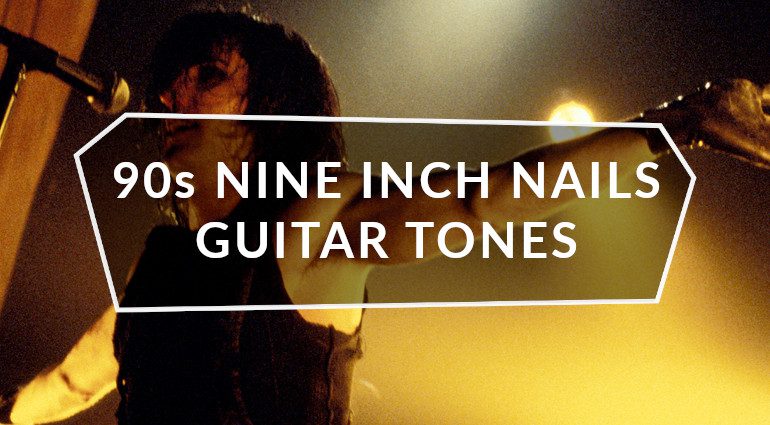
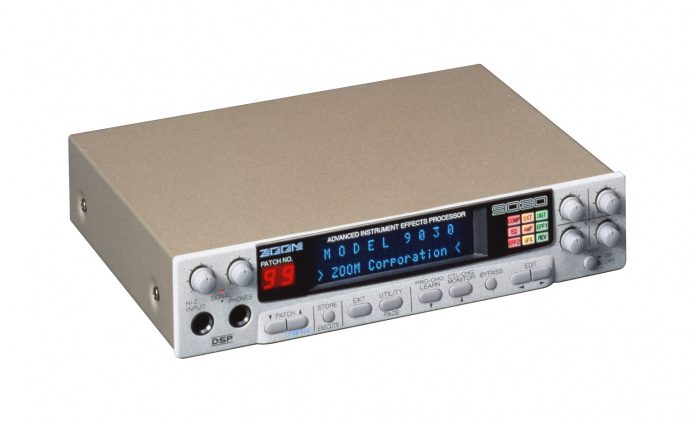
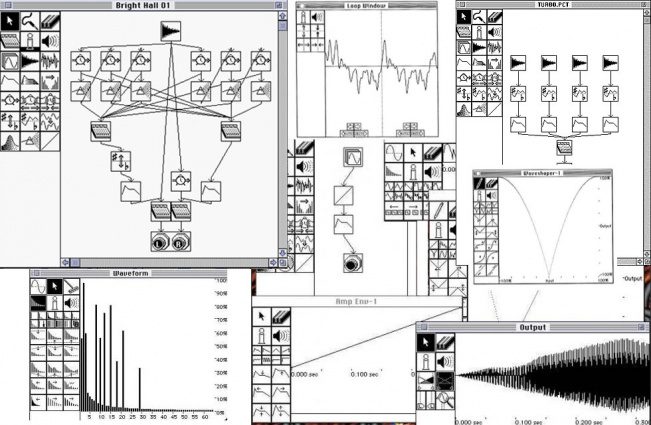



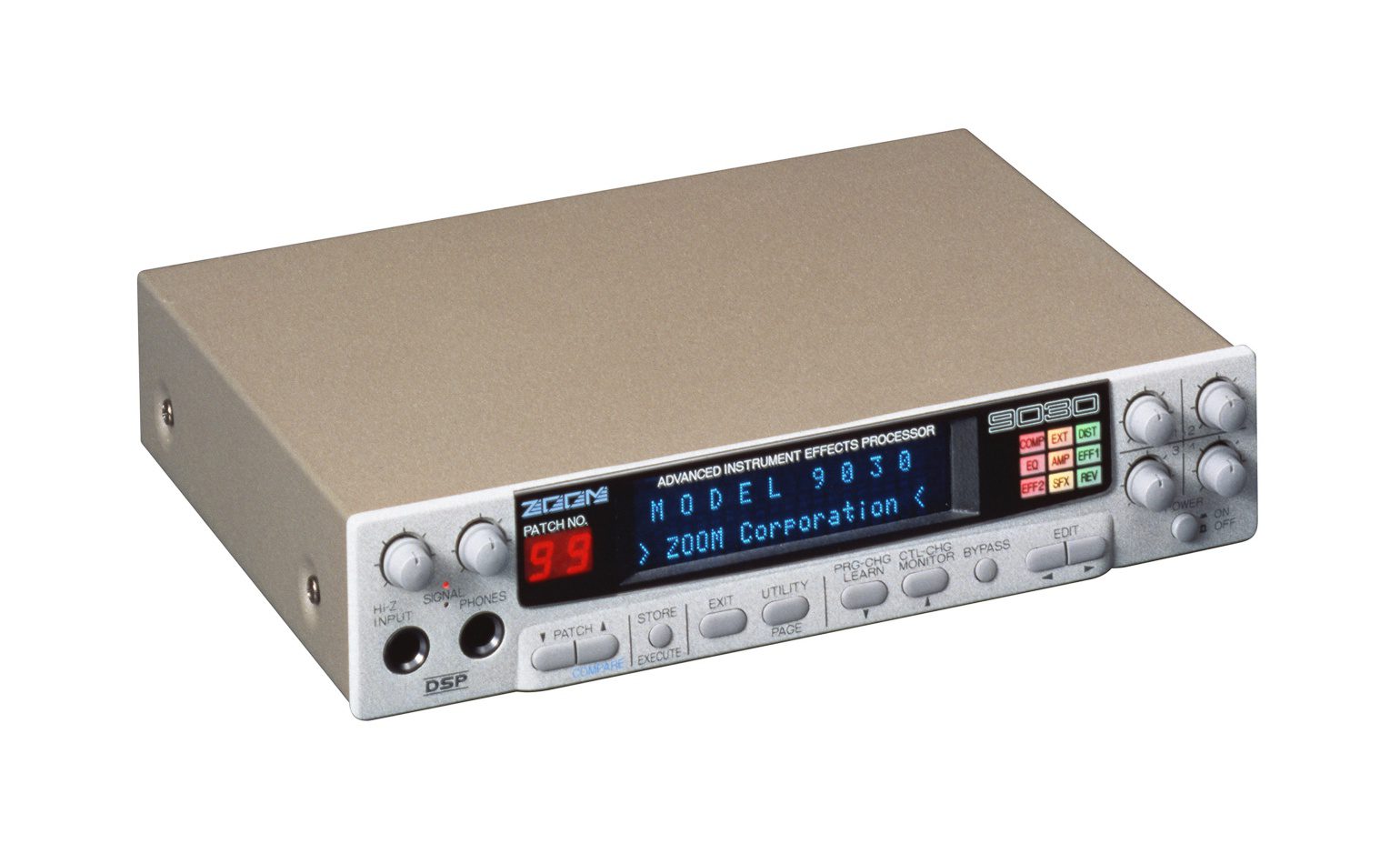

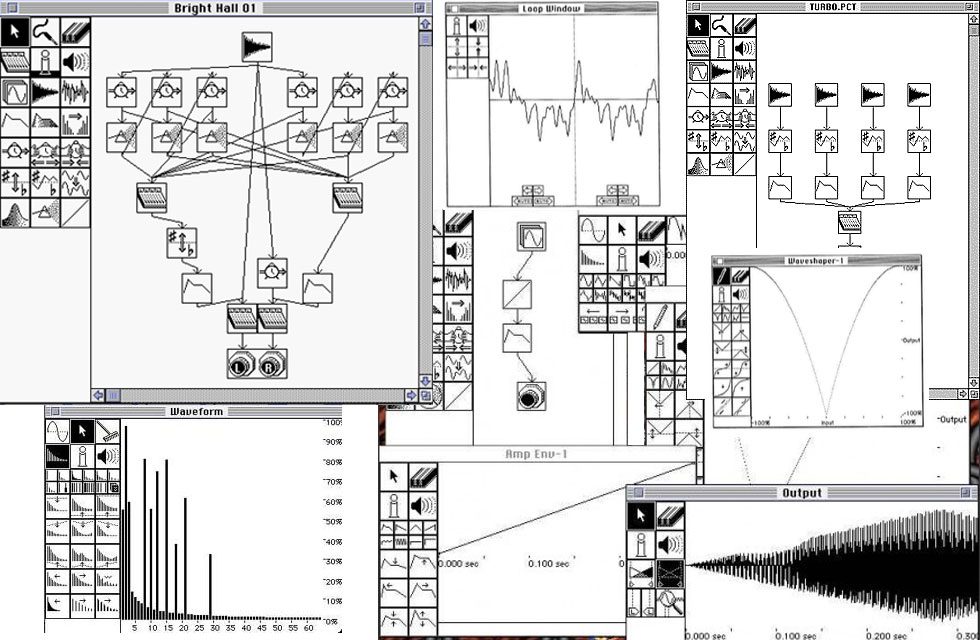
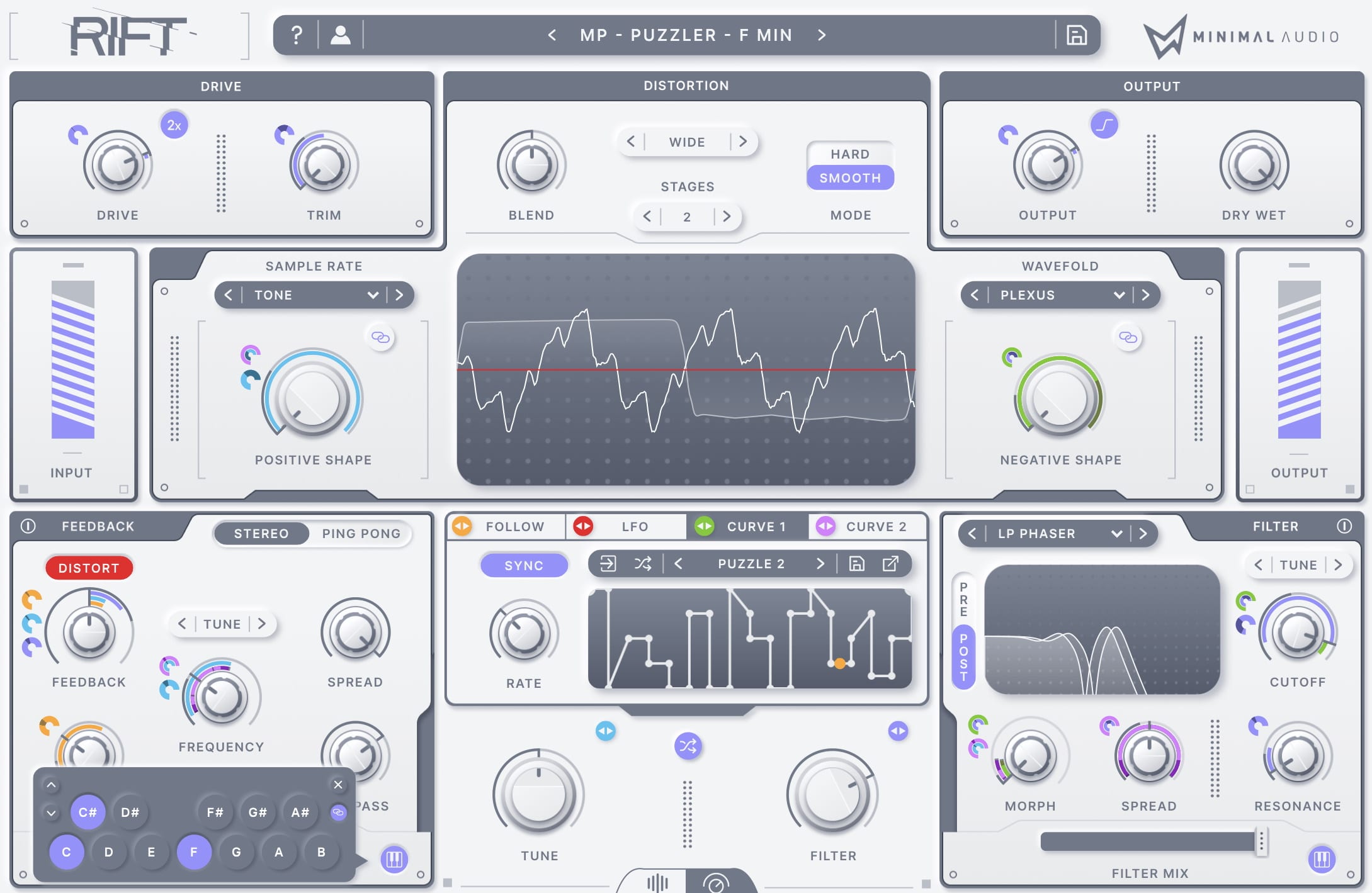


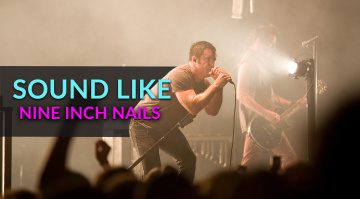
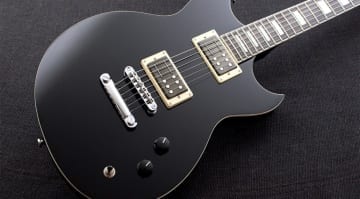



Yamaha SPX 50D
This was a really cool read. Thank you for putting it together and keep it up.